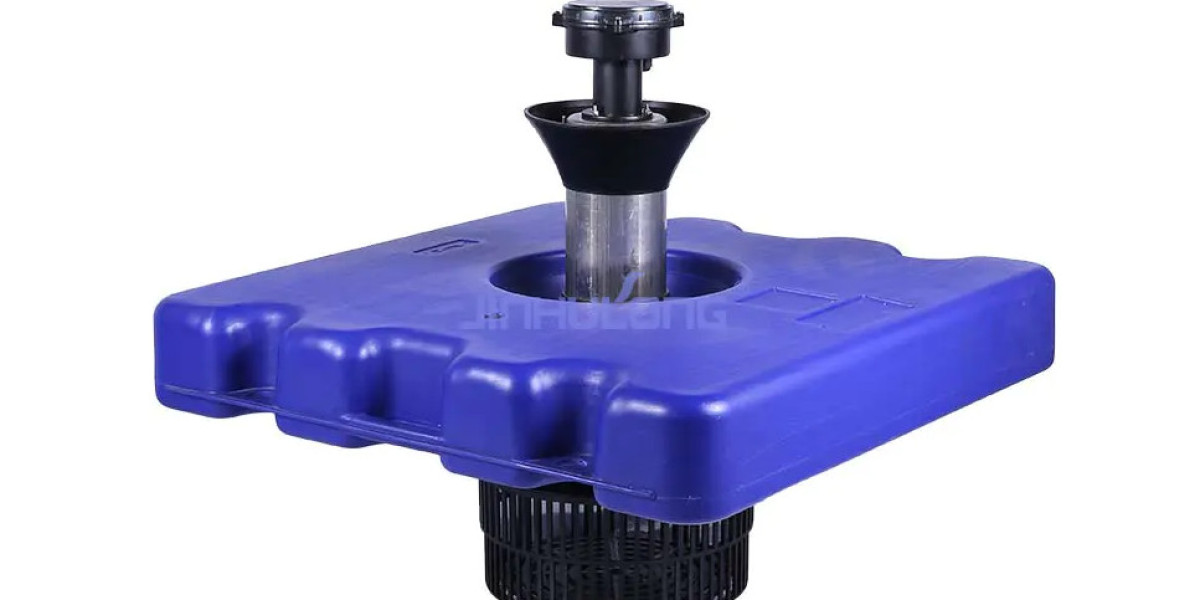The Wire Wheel Brush is a highly effective tool commonly used in metalworking for surface preparation and finishing. Its design enables it to handle a variety of tasks such as rust removal, paint stripping, deburring, and polishing. When applied correctly, the wire wheel brush can significantly improve the quality and longevity of metal surfaces. However, it is important to understand which types of metal and surface conditions are best suited for treatment with this tool.
One of the most common uses of a wire wheel brush is the removal of rust and corrosion from ferrous metals such as carbon steel and cast iron. Rust can severely damage metal components, compromising their structural integrity. The abrasive action of the wire wheel brush effectively strips away rust, exposing the clean metal beneath. This makes it an ideal choice for restoring old or weathered steel parts before repainting or welding.
In addition to rust removal, the wire wheel brush is often used for paint and coating removal on various metals. It can quickly strip away old paint layers from steel, aluminum, and other metal surfaces without damaging the base material if used with proper technique. This cleaning prepares the surface for new coatings, ensuring better adhesion and a smoother finish.
Deburring is another important metal surface treatment where the wire wheel brush excels. During cutting, stamping, or machining processes, sharp edges and burrs often remain on metal parts. Using a wire wheel brush helps smooth these rough edges on metals like stainless steel, brass, and aluminum, improving both safety and aesthetics.
When it comes to polishing and finishing, wire wheel brushes can impart a uniform surface texture and shine to metals such as stainless steel, copper, and bronze. Different wire materials and stiffness levels allow operators to select brushes tailored to the desired finish, from a rough matte texture to a bright, polished look.
While wire wheel brushes are versatile, it is important to consider the metal type to avoid damage. For example, softer metals like aluminum or brass require gentler wire materials such as brass-coated or nylon brushes to prevent scratching or gouging. In contrast, harder steels can withstand stiffer steel wire brushes that provide more aggressive cleaning.
Moreover, the choice of wire diameter and brush design affects the treatment outcome. Finer wires are better suited for delicate finishing tasks on sensitive metals, while thicker wires provide more aggressive material removal on tougher surfaces. Operators should select the appropriate brush to balance efficiency and surface protection.
In summary, the wire wheel brush is suitable for a wide range of metal surface treatments, including rust and paint removal, deburring, and polishing. It performs best on ferrous metals like carbon steel and stainless steel, but can also be used on non-ferrous metals such as aluminum, copper, and brass with proper brush selection. Understanding the characteristics of the metal and the treatment goals is essential for maximizing the benefits of the wire wheel brush while minimizing the risk of damage.
By choosing the right wire wheel brush and applying appropriate techniques, metalworkers can achieve cleaner, safer, and more aesthetically pleasing metal surfaces, extending the life and functionality of their metal components.



